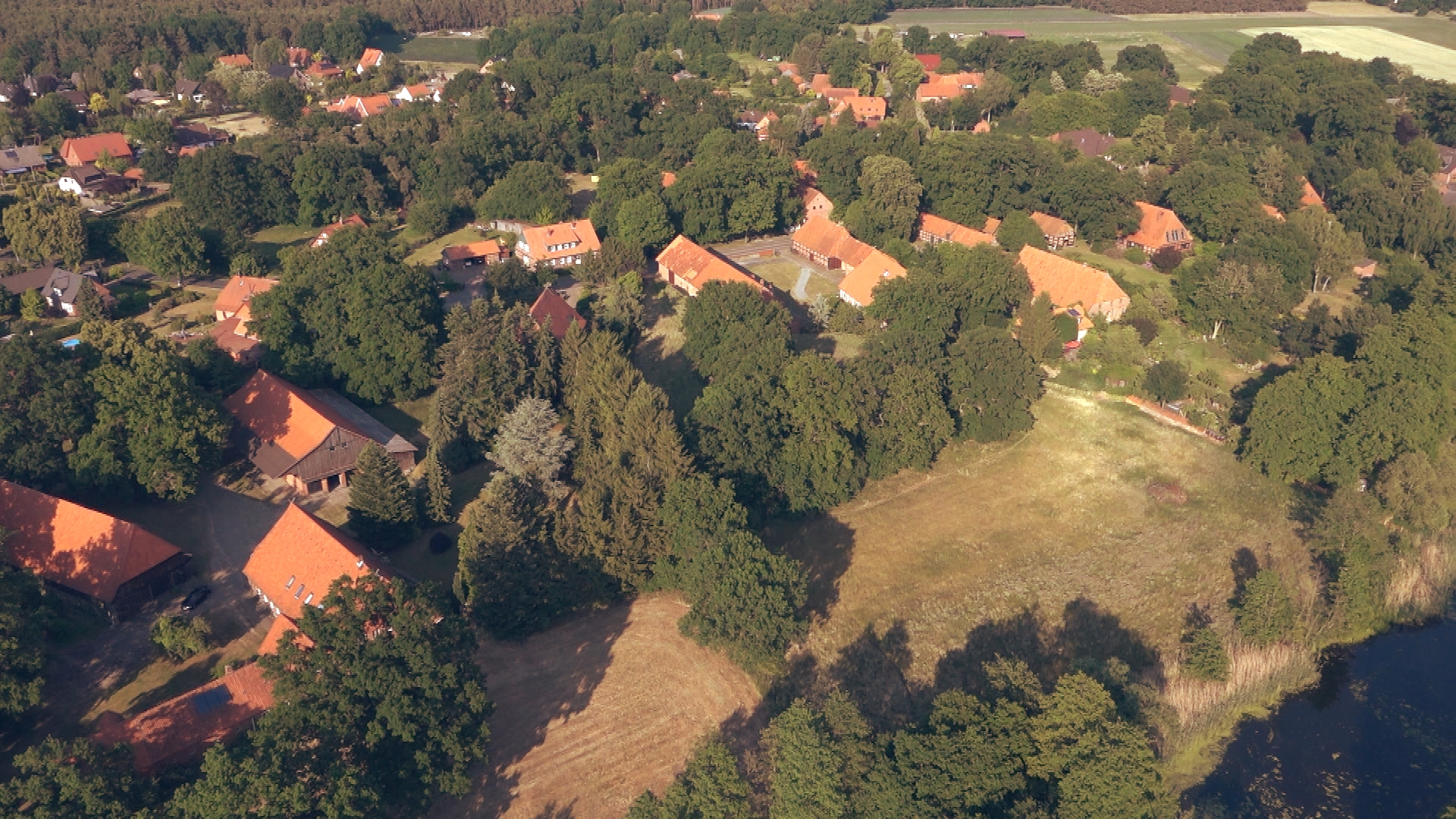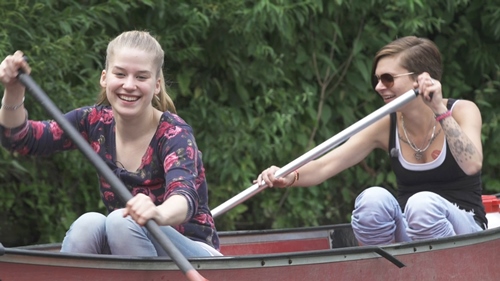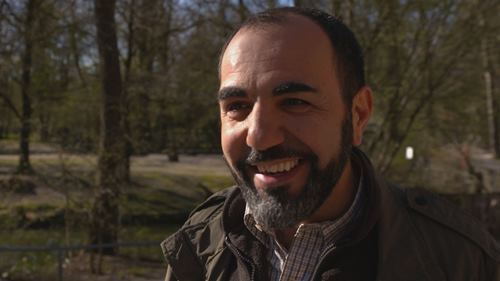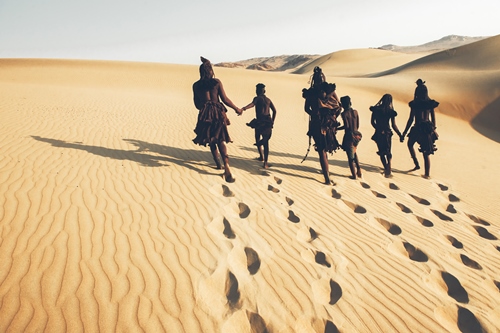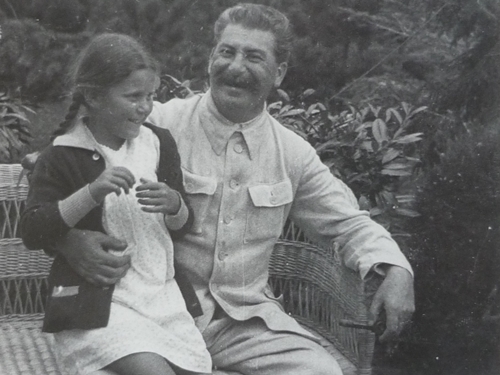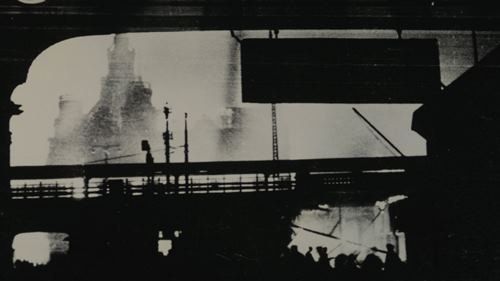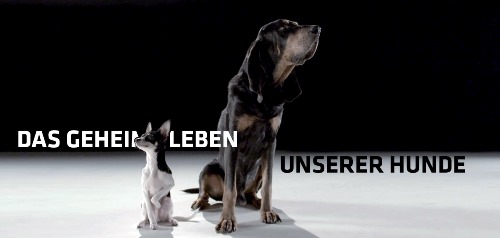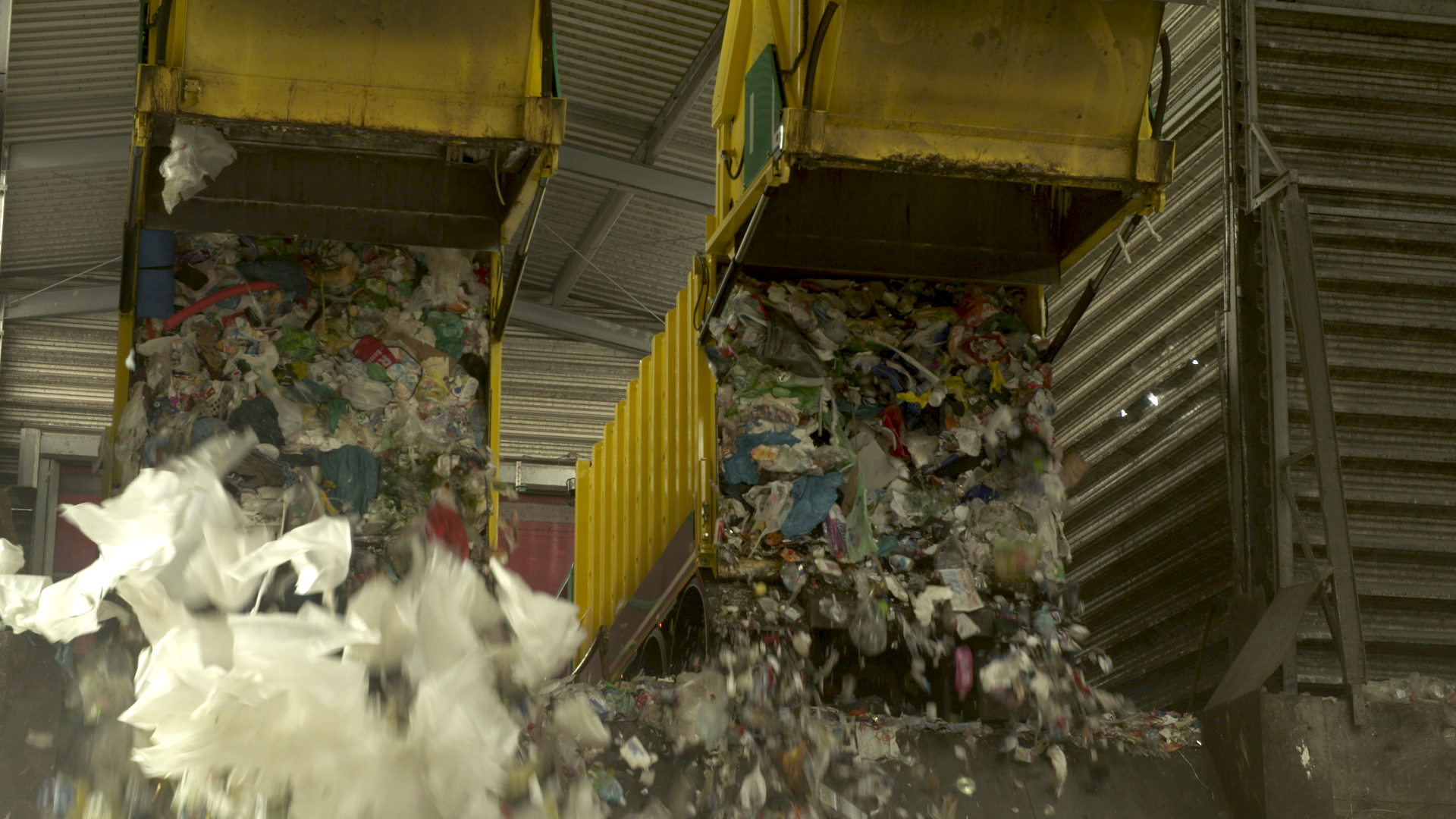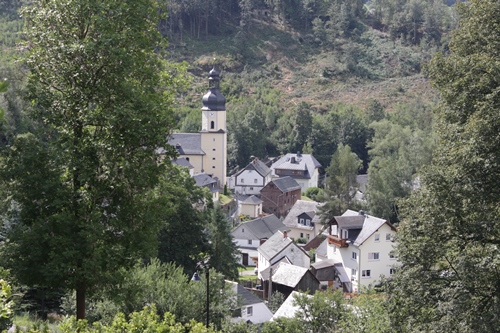A little paradise in the middle of Lower Saxony – Otersen. Seven magnificent farms with their own lake run through the village like a string of pearls. The front gardens are in excellent condition and neighbourly help is very important. There is still a chat in the village shop and over the garden fence. The sports club has almost as many members as Otersen has inhabitants, the little ones are looked after in the kindergarten next door, and at the last farmers in the village they can see calves, baby heath cows and cats and enjoy fruit straight from the fields. A village like in a picture book, it seems. But it was not always like this. When the village shop closed ten years ago, Otersen was in danger of becoming a ghost village. Everyone agreed that a village without a shop had no future. More than 130 citizens raised money, pitched in and built their new village shop. A café was built right next door. Once they got going, the people of Otersen also implemented the next idea. Otersen lies on the Aller cycle path. A ferry was needed – solar-powered, of course. No sooner said than done! Now cyclists can sail into the village from May to October. The “Otsern” – as they call themselves – are not only concerned with maintaining the village shop. The village community and the will to do something for the future of their home are palpable here.
